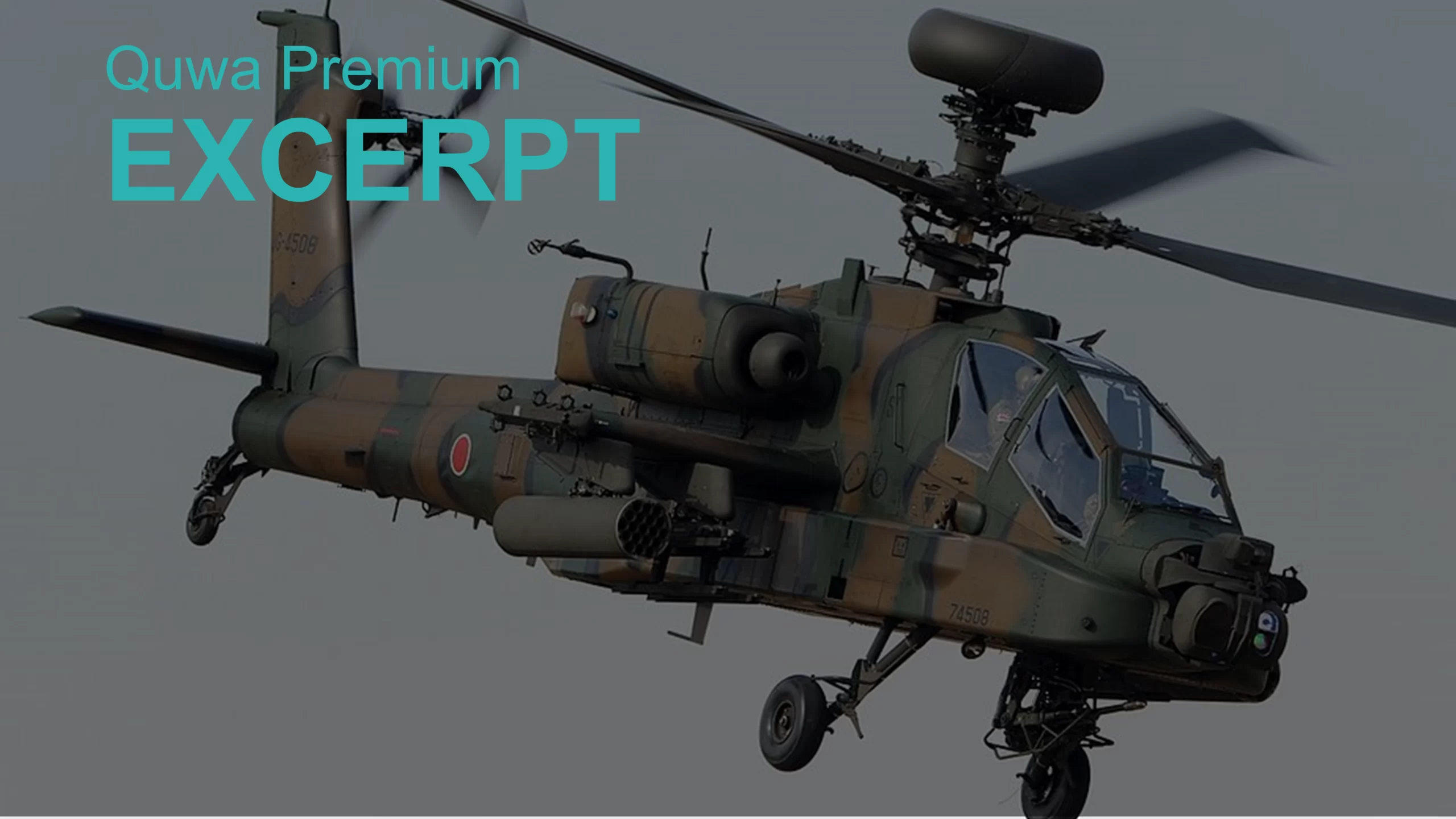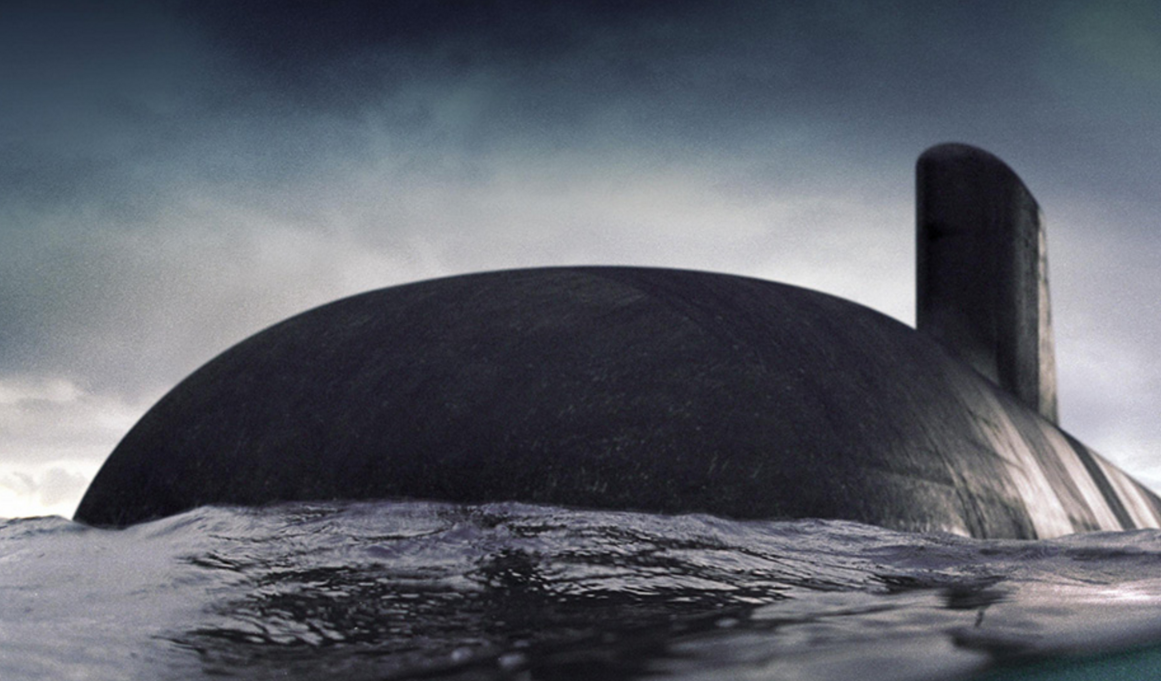3545Views

Japan to Replace Attack Helicopters With Drones
Under its latest National Security Strategy, Japan announced that it will replace its fleet of manned attack and armed scout helicopters with unmanned aerial vehicles (UAV).
Specifically, Japan will ostensibly replace its 48 Bell AH-1 Cobras and 12 Boeing/Fuji Heavy Industries AH-64D Apache gunships with three new unmanned platforms.
These new platforms would comprise of ‘attack-utility,’ ‘surveillance,’ and ‘miniature attack’ types. Japan did not provide any additional details about these new platforms.
However, Japan’s developmental work up to this point as well as overseas trends could allude to several potential options ranging from loitering munitions to fixed-wing UAVs to rotary-wing drones.
In any case, shifting to only drones is a significant move. While many other major militaries are aiming to supplement their existing and new manned attack helicopters with drones, none have signalled an intent to shift all the way towards unmanned systems like Japan.
Japan’s New Modernization Plan
Interestingly, Japan is not clawing back its manned attack helicopter force to cut back. In fact, Japan’s new National Security Strategy signals an intend to build up the country’s overall defence capabilities.
Notably, Japan is aiming to build its counterstrike capabilities, especially in response to the advancements of Chinese and North Korean missile technologies. Japan’s defence spending is set to around $315 billion U.S. by 2027. Japan will invest in acquiring stand-off range weapons (SOW), like cruise missiles, from both domestic and overseas sources. It will also design and develop a next-generation fighter (to complement its F-35 Lightning II fleet), among other significant moves.
Thus, Japan’s manned attack helicopters do not seem like victims to funding constraints. To the contrary, Japan could have likely supplanted its aging aircraft with fresh AH-64Es (which, interestingly, can provide a measure of teaming or interoperability between manned and unmanned assets).
Is Supplanting Attack Helicopters With Drones a Good Idea?
Japan likely has a specific vision in mind in terms of both where and how it would use close air support (CAS) and anti-armour/infantry assets. Not only that, but Japan’s threat assessment of the probable anti-air capabilities of China and North Korea is worth exploring or investigating.
Lessons from Ukraine
Reviewing Ukraine can help with setting context. Basically, Russia’s attack helicopter fleet sustained heavy losses in the war. In October 2022, the U.K’s Ministry of Defence had estimated that Russia lost 23 Ka-52 heavy attack helicopters, i.e., over 25% of its fleet.
The culprit? Ukrainian MANPADS (man-portable air defence systems). But there is a deeper story at play – when deployed correctly, ground-based air defence systems (GBADS) can be lethal. Thus, from a threat assessment standpoint, Japan may have heavily emphasized Chinese and North Korean GBADS stacks…
End of excerpt. Subscribe to Quwa Premium to read the rest of this section.
What Could Japan’s New Drones Look Like?
Though Japan did not disclose the specifications or even, for that matter, the design approach of its new drones, its prior work and trends around the world could offer some ideas.
One can imagine seeing the Kawasaki OH-1 inspire at least one of the drone platforms. While a lightweight platform, an unmanned variant could unlock additional range and payload capabilities. In turn, Japan can use a comparably-sized airframe in the attack-utility role…
End of excerpt. Subscribe to Quwa Premium to read the rest of this section.
Will Other Countries Follow Japan’s Lead?
Currently, most major militaries investing in attack helicopters seem to be procuring both manned and unmanned solutions. Basically, the model of ‘manned-unmanned teaming’ seems to be catching on with most fiscally-able militaries. In other words, most future deployments could see a mix of manned rotary assets and drones with varying degrees of interoperability.
Pakistan
Pakistan, for example, is heavily investing in drones across each of its service arms. However, the Pakistan Army (PA) is still working on acquiring new manned attack helicopters. Granted, the PA’s plans had been derailed due to various issues (starting with a chill in Islamabad’s ties with Washington to pressing fiscal problems). But for now, it seems the PA’s vision is to induct both types of platforms…
End of excerpt. Subscribe to Quwa Premium to read the rest of this section.
End of Excerpt (639 / 1,304 words)
You can read the complete article by logging in (click here) or subscribing to Quwa Premium (click here).
For More on Asian Defence News:
- Why CPEC Went Wrong for China and Pakistan
- China Poised to Take More Defence Market Share
- Pakistan Intends to Rely More on China for Weapons


